This article was originally posted on The Hill on January 12, 2017.
In the wake of the partisan 2016 election, there is an urgent need for the parties to start solving problems together again. Helping children whose futures are threatened by the opioid crisis is exactly such an opportunity.
Why health legislation must be bipartisan
Federal health initiatives can be more effective and sustainable when they have the support of both political parties. That is a clear lesson of the bitter partisan battle over The Affordable Care Act (ACA).
If the Democrats had been able to recruit even modest bipartisan support for the Affordable Care Act in 2010, it could not have been demonized and undercut as easily by subsequent Republican majorities, and its repeal might not have become a central campaign promise of victorious Republicans in 2016. If it is to last and be effective whatever replaces ACA must have bipartisan support.
Fortunately, healthcare is one of the few areas where bipartisan cooperation survived in the fractured 114th Congress. In its first session, bipartisan majorities in both houses passed the Medicare Access and CHIP Reauthorization Act (MACRA), which not only extended the Children’s Health Program, but created a new system for reimbursing Medicare providers aimed at rewarding value rather than volume of care. More recently, the 21st Century Cures Act passed with overwhelming bipartisan majorities in both chambers. After a lot of squabbling, both parties as well as the states came together to fund Zika preparedness and meet the public health emergency with concerted action.
Several bipartisan working groups are currently preparing health legislation, including one formed by Senate Finance Committee Chairman Hatch (R-Utah) and Ranking Member Wyden (D-Ore) that is developing ways of managing care and costs for Medicare beneficiaries living with multiple chronic illnesses.
Unfinished business: Mental health and substance abuse
The U.S. opioid epidemic is a public health crisis that crosses party lines. Drug dependency and overdose deaths have increased nearly 300 percent in the last decade. Approximately 10.3 million people reported non-medical use of prescription drugs in 2014. The impact of their parents’ addiction on children has been devastating.
Despite the significant progress on mental health issues in the bipartisan 21st Century Cures Act, Congress did not adequately address the harm to infants and children whose parents are caught in the throes of opioid misuse. We hope that Congress will address at least three aspects of this serious issue.
Help for Drug Addicted Babies —The Centers for Disease Control reports a record increase in the number of babies born with Neonatal Abstinence Syndrome (NAS). NAS is a drug withdrawal syndrome that occurs shortly after birth, primarily among infants exposed to opioids such as prescription painkillers and heroin while they are in the womb. The number of babies born in the United States with a drug withdrawal symptom has quadrupled over the past 15 years.
The number of babies born in the United States with a drug withdrawal symptom has quadrupled over the past 15 years.
Support for State Child Welfare Systems — according to the Pew Charitable Trust, in several states, the drug addiction epidemic is driving a crisis in the nation’s foster care system. According to the Department of Health and Human Services (HHS) nearly three quarters (71 percent) of states have seen an unprecedented increase in the number of children entering foster care, and parental substance use was cited as the primary reason for this increase. In 2015, 266,509 children were placed in out-of-home care. Sadly, many of these children (18 percent) are infants less than one year old. Across the country, states have reported that infants are twice as likely to be removed from their homes and enter foster care as children of other ages due to parental substance abuse.
Implementing Family and Community Programs — HHS’ Administration on Children, Youth and Families further reports the opioid crisis affects entire families and communities. Often grandparents are raising their grandchildren because their own children are addicted, in jail, or dead. Moreover, child welfare professionals nationwide, especially in the Northeast and Appalachian states, report that parental opioid use is having a major impact on breaking up families and terminating parental rights. This leaves relatives responsible for raising children without the financial, social, or medical resources to address the needs of a generation of children who have experienced significant trauma.
Clues to what works
Fortunately, Congress has already made a significant investment in broad demonstration grants that produced evidence of what works to address these problems. The Regional Partnership Grant Program (RPG) and SAMHSA’s Children Affected by Methamphetamine Program (CAM) recorded the common strategies and factors that led to positive outcomes for children, families, and communities plagued by substance abuse. The programs revealed strategies that saved money as foster care costs declined, improved health outcomes with treatments that had a lasting effect, and reduced long-term impacts of higher-end mental health, special education, and juvenile justice programs.
Cross-systems collaboration strategies were key to these programs’ success. Nearly all RPGs implemented coordinated joint case management, cross-systems information and data sharing, and family-centered substance abuse treatment. A significant number of RPGs also implemented family group decision-making and housing strategies. And the outcomes evidence showed that some RPGs successfully targeted outreach for fathers and co-located child welfare and substance abuse treatment staff.
CAM program strategies centered on providing direct services to children, and supportive services to parents through Family Treatment Drug Courts. As a result, CAM grantees reported that the majority of program children remained in parental custody, did not experience maltreatment, and the nearly half of adults successfully completed substance abuse treatment.
Therefore, we look for Congress to continue the bipartisan effort begun to implement these solutions through legislation such as the Family First Prevention Services Act of 2016 (FFPSA). At the last minute, FFPSA was removed from the 21st Century Cures Act.
However, FFPSA still contains important provisions that gained bipartisan support, including prevention planning services, two-generation, family-centered services that allow children and families to recover together safely at home, and support for kinship placements and trauma-informed treatment for children in foster care. We look to see portions of the FFPSA revisited. We also expect that Congress will consider measures to standardize mental health and substance abuse risk assessments for earlier preventive treatment. Finally, we expect Congress will seek improved data collection so that states can promptly and accurately identify families in need of services.
The opioid epidemic is a public health crisis that offers an ideal opportunity for Congress to get back in the habit of working across party lines on health issues. There are no obvious solutions to the opioid epidemic, but it may be possible to build on successes and energize affected communities to rescue children and families who need help. If health policy leaders in both parties can work together to alleviate the damage from opioid abuse, maybe they can build the trust needed to produce a bipartisan solution to the larger challenge of replacing ObamaCare.

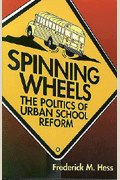

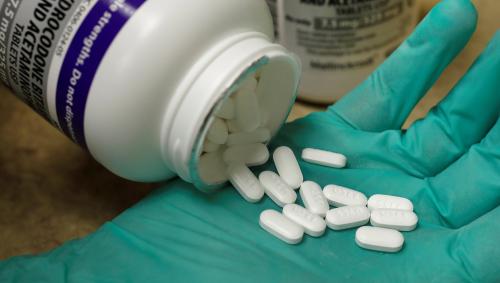
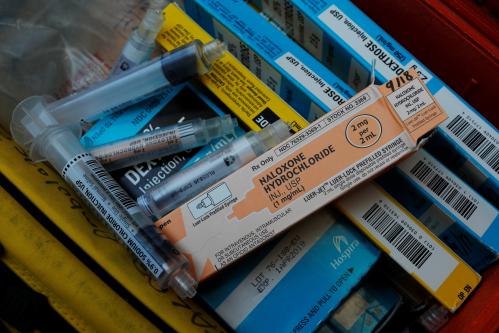
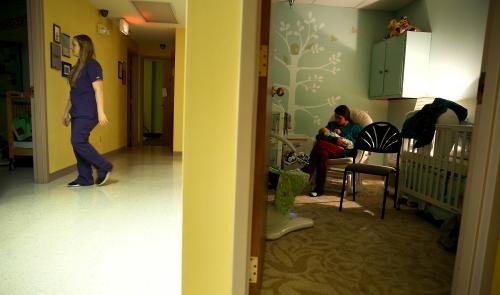


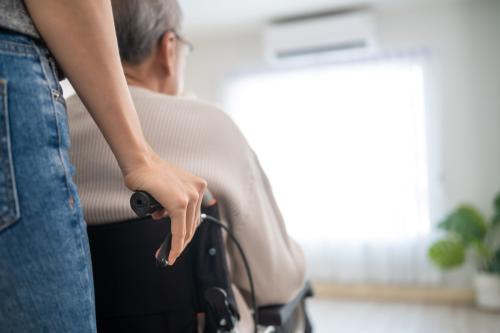
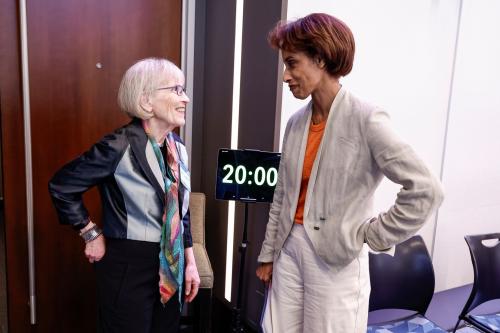
Commentary
Op-edUnfinished business: Bipartisan help for child victims of the opioid crisis
January 12, 2017